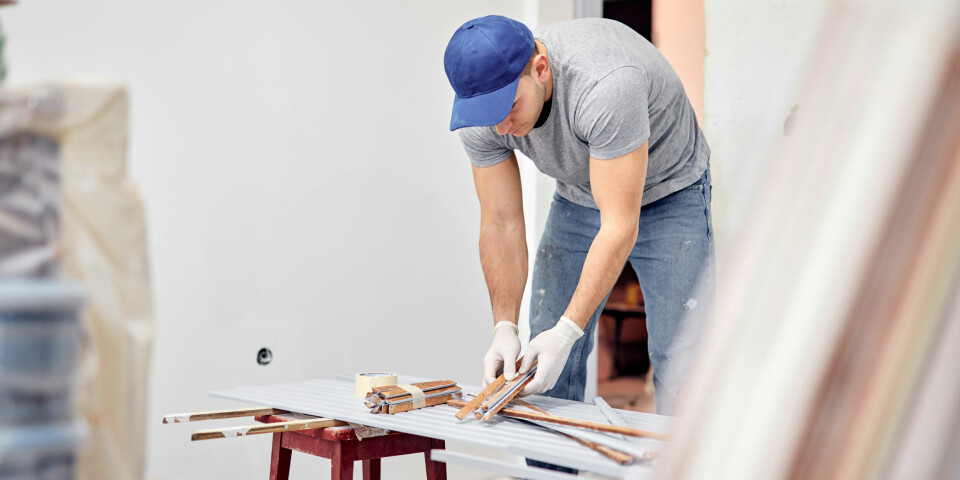Concorde in Toulouse museum declared a historic monument
The aircraft built to test the supersonic project was granted the honour on May 5
The former test aircraft is now kept in an indoor hanger at the Aeroscopia museum at Blagnac airport
Pernelle Voyage/Shutterstock
The Concorde aircraft built for flight certification tests was declared a historic monument by the French culture ministry on May 5, along with all the flight testing equipment inside it.
Owned by the Académie de l’air et espace, the Concorde number one is the star exhibit in an indoor hanger at Aeroscopia museum at Blagnac airport just outside Toulouse.
“It is a very big thing for us because it is the first time that an aircraft and all the equipment in it has received the classification,” Philippe Prigent, the director of the academy told The Connexion.
“There are already a few historic aircraft in France with the classification just for the aircraft, but this includes all the test equipment which goes with it too.”
The aircraft was the first production series aircraft to fly in December 1973 after two prototypes were built.
Fitted with a passenger cabin and seats, it was used to get formal certification for the aircraft to be able to be used to carry passengers, and was notably also used to show that Concorde could fly safely across the Atlantic at twice the speed of sound in 1977, but never carried fare paying passengers itself.
Its last flight was in May 1982, and it was acquired by the AAE in 2014 after being parked outside.
“We made an arrangement with the museum where it was put in an inside exhibition and so is now in much better condition than other old Concordes which are stored outside,” said Mr Prigent.
The academy member who piloted the historic monument classification over a year-long process, Philippe Borentin, told The Connexion that the aircraft only had one of its original four engines.
The other three had been used for spare parts after the plane was decommissioned.
“There is absolutely no chance that it will fly again,” he said.
“Not only does it not have three engines but it also has not had the modifications to re-enforce fuel tanks and change the landing gear, which were made to flying Concordes after the accident near Paris in the year 2000.
“The plane no longer has an airworthy certificate and will remain on the ground.”
But Mr Borentin said the historic monument classification was important.
“If, at some point in the future, repairs are needed to keep the Concorde as an exhibit, the classification means there is a better chance of government funding,” he said.
“But it is also important as a symbol, a recognition of what a remarkable aircraft Concorde was.”
'A symbol of international cooperation'
French culture minister, Rachida Dati said the Concorde, and the Concorde project where France and the United Kingdom joined forces to design and build the supersonic airliner was important for aeronautic history, and a symbol of international cooperation.
“This aircraft represents the industrial force and capacity for innovation of France in the aeronautic field,” she said. “It is also a symbol of our capacity for international cooperation.”
There are just over 20 aircraft classified as historic monuments in France, but around 100 locomotives, mainly steam engines, have the classification.
Around 40 river boats of various types are classified as historic monuments.
Among the few aircraft are five different aircraft from the Morane-Saulnier factory which made World War One fighters and a number of well known models for training and tourism in the inter-war period.
Another historic monument aircraft is one of the first CAP 10 aerobatic aircraft, which were produced between 1970 and 1997, with the CAP standing for the Co-operative des Ateliers Aéronautiques de la région Parisien, which were used by competition pilots from all over the world.


























